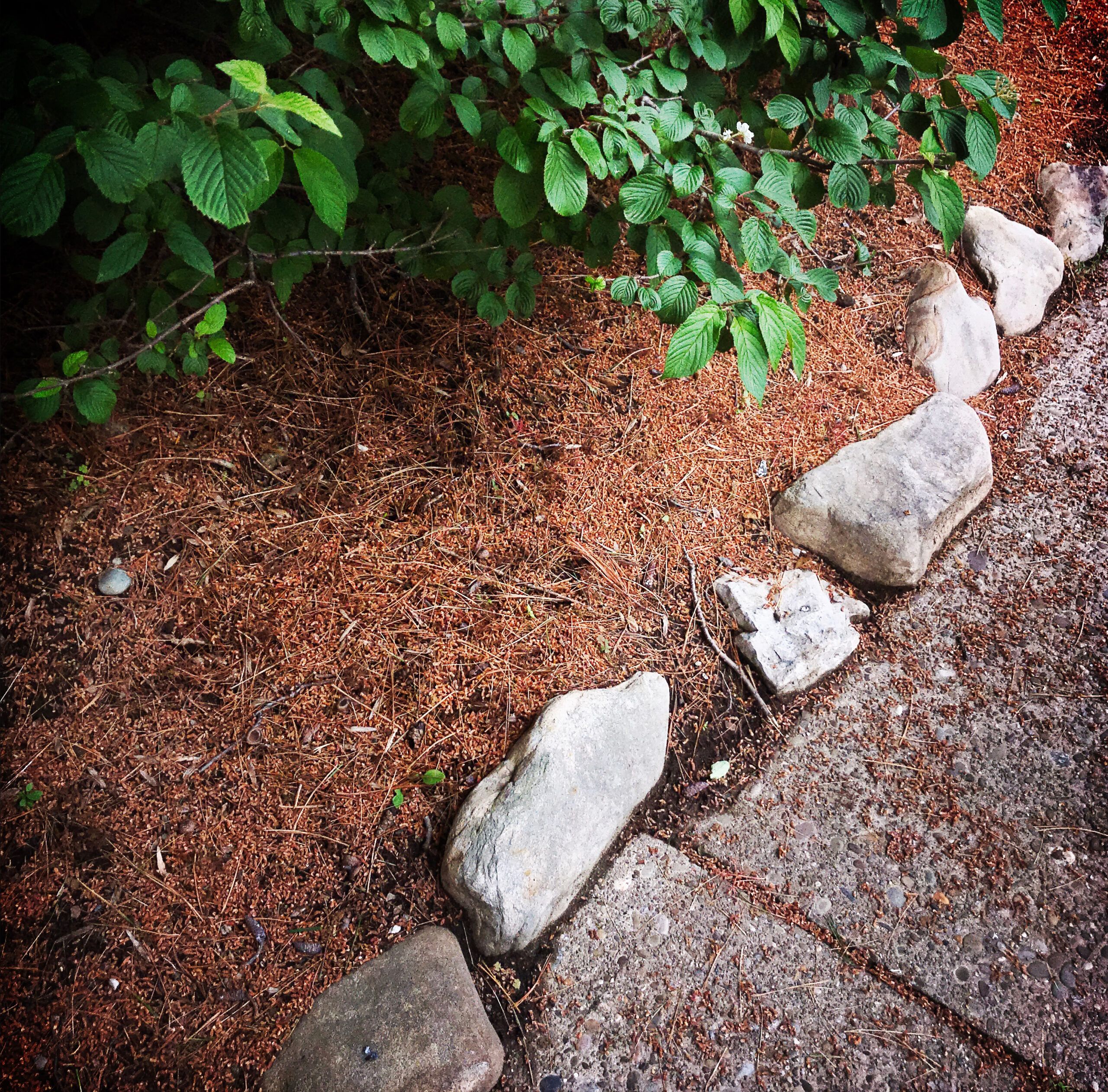I have a stand of white pines that seem to always be dropping needles. Can I use the needles as mulch around flowers?
—Mary Ann Carpentieri, Warwick, RI
Pine Needles Can Work as Mulch
Pine needles, also known as pine straw, make fine mulch for some flower beds. They are light and fluffy, so spreading them around is a piece of cake, and they don’t compact much as they decompose, so you don’t have to worry about them becoming too thick or forming a rain-impervious mat. Even better, in your case, they’re free for the raking.
The biggest knock against pine needles is that they will lower the pH of the soil, making it too acid for plants to grow. That concern is largely misplaced, however. While the needles are acidic—they have a pH of around 3.5—they become more neutral as they break down. You’d have to actively work the needles into the soil for them to have any real effect on its pH. Besides, with all those pine trees on your property, your soils are sure to be on the acid side already.
Use a Layer of Compost
If you do have plants that don’t like acid soil, apply a thin layer of compost before you put down the needles. Compost helps buffer the needles’ acidity. That same trick also helps lawns thrive under needle-dropping trees. Pine needles do have their shortcomings, which are the flip side of their virtues. Because they’re so light, you need a layer at least 3 to 4 inches thick to keep weeds from germinating. But mulch that deep may not work around short plants.
Also, pine needles are easily blown around. If you apply them in an exposed area, you’ll probably have to rake them back into the garden after big wind storms.

